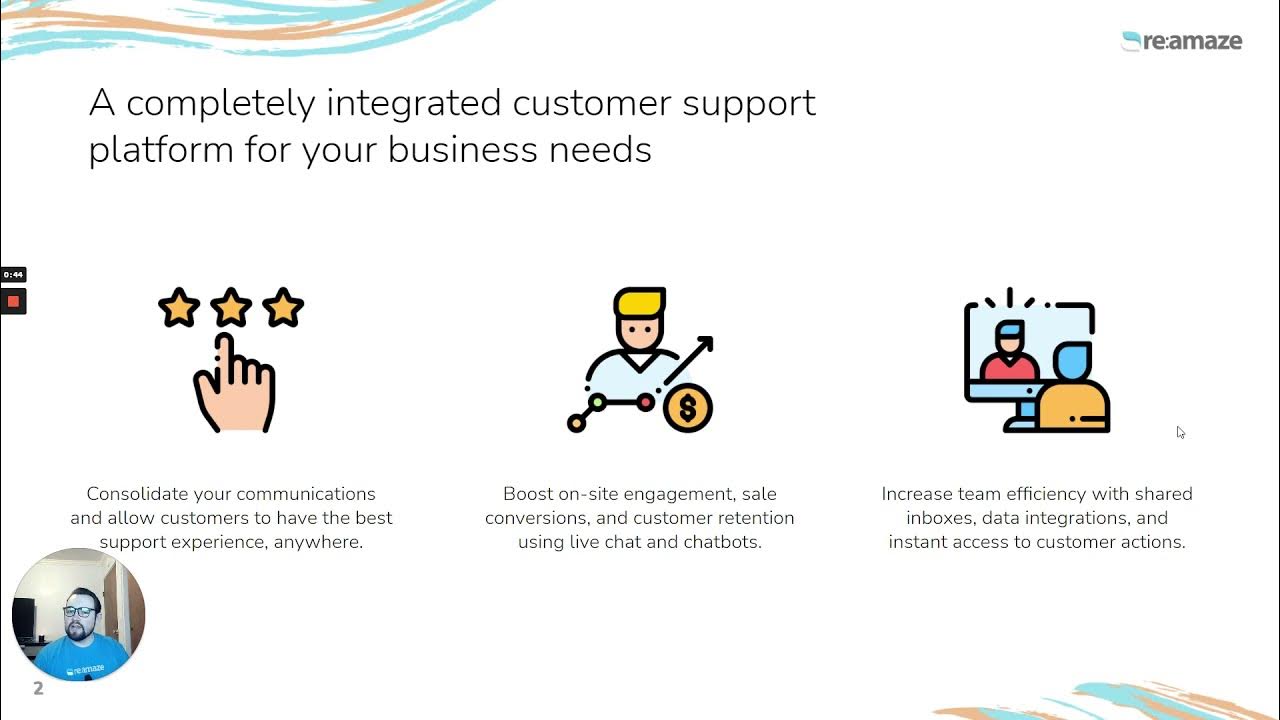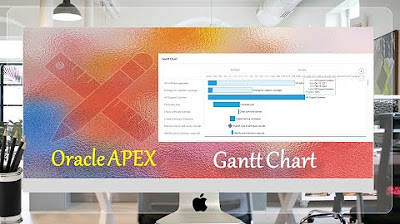Bring Customer Voice to Software Development | DevRev Build Overview
Summary
TLDRSteve Poitras introduces the Devra platform's build capability, emphasizing its ability to streamline sprint planning, issue prioritization, and status updates through integration with tools like GitHub. The platform offers end-to-end visibility from customer support to backend engineering, and its smart grouping feature simplifies tracking development efforts. The video showcases the platform's automation of issue creation and status updates, enhancing developer productivity and ensuring status accuracy without manual updates.
Takeaways
- 🛠️ The Devra platform offers build capabilities that simplify sprint planning, dynamic issue prioritization, and status updates.
- 🔍 The platform's Trails interface is designed for visibility into product structure and hierarchy.
- 📊 Users can view high-level information about features, including owners, documents, tickets, issues, and customer details.
- 🔄 The platform provides end-to-end visibility from customer support queries to back-end engineering efforts and potential revenue opportunities.
- 🔌 Devra supports integration with existing platforms, allowing for connections to services like JIRA or Bitbucket.
- 📈 The build app within Devra helps track and manage development efforts with real-time status updates.
- 🔑 The platform categorizes work into 'Now', 'Next', and 'Later', simplifying the organization of tasks and planning.
- 👥 Smart grouping or clustering feature helps in organizing issues into common themes for better management.
- 📝 Enhancements in Devra are similar to epics or stories in other platforms, allowing for grouping of related issues.
- 🌐 GitHub integration allows for automatic issue creation based on branch creation, PRs, and merges, streamlining the development process.
- 📈 Automatic status updates based on development progress, reducing the need for manual status management and increasing productivity.
Q & A
What is the main focus of the video by Steve Poitras?
-The main focus of the video is to explore the build capability of the Devra platform, which includes features like sprint planning, dynamic issue prioritization, and integration with tools like GitHub.
What does the Trails interface in the Devra platform provide?
-The Trails interface provides visibility into the product structure and hierarchy, allowing users to see high-level information about features, owners, documents, tickets, issues, and more.
How does the Devra platform benefit from its end-to-end visibility feature?
-The end-to-end visibility feature allows users to see the entire process from customer support queries to backend engineering efforts and potential revenue opportunities, enhancing transparency and understanding of the workflow.
What is the purpose of the 'Integrations and Connections' feature in the Devra platform?
-The 'Integrations and Connections' feature allows users to connect the Devra platform with existing tools and services, such as JIRA or Bitbucket, making it easier to import data and streamline workflows.
How does the Devra platform simplify the tracking and management of development efforts?
-The platform simplifies tracking and management by categorizing work into 'Now', 'Next', and 'Later', and by providing real-time updates on development status through integrations with tools like GitHub.
What is the 'Smart Grouping' or 'Clustering' feature in the Devra platform?
-The 'Smart Grouping' or 'Clustering' feature allows users to group related issues or tasks together under common themes, making it easier to manage and modify multiple items at once.
How does the Devra platform handle the creation of issues automatically?
-The platform automatically creates issues based on new branch creations and updates the status as the development progresses through stages like 'In Development', 'In Review', and so on, without requiring manual updates from the user.
What is the significance of the 'Enhancements' feature in the Devra platform?
-The 'Enhancements' feature is similar to an epic or a story in other platforms, allowing users to group multiple issues together and report their collective status, which is useful for managing larger projects or features.
How does the Devra platform integrate with GitHub to improve developer productivity?
-The platform integrates with GitHub to automatically create issues based on branch creations, update statuses as code is reviewed and merged, and push changes through CI/CD pipelines, reducing the need for manual status updates and streamlining the development process.
What is the key advantage of the Devra platform's status management compared to traditional platforms?
-The key advantage is that the Devra platform's status management is automatically updated in sync with the actual development progress, eliminating the need for manual updates and providing a more accurate and efficient workflow.
What can we expect from the Devra platform in the future according to the video?
-According to the video, we can expect more exciting and interesting features to be added to the Devra platform in the future, although specific details were not provided.
Outlines

This section is available to paid users only. Please upgrade to access this part.
Upgrade NowMindmap

This section is available to paid users only. Please upgrade to access this part.
Upgrade NowKeywords

This section is available to paid users only. Please upgrade to access this part.
Upgrade NowHighlights

This section is available to paid users only. Please upgrade to access this part.
Upgrade NowTranscripts

This section is available to paid users only. Please upgrade to access this part.
Upgrade NowBrowse More Related Video

Sprint Planning Meetings - Agile Coach (2019)

Crea Agenti AI no code 🤯 - Zapier Central guida italiano

Meet Dakota Part 1: Re:amaze Platform Demo for Shopify Merchants

Create Gantt Chart | Oracle APEX - Part 30

Build an ARMY of AI Agents on Autopilot with Archon, Here's How

Perplexity AI: Полная инструкция | От новичка до про за 20 минут: Мастер-класс по Perplexity AI
5.0 / 5 (0 votes)